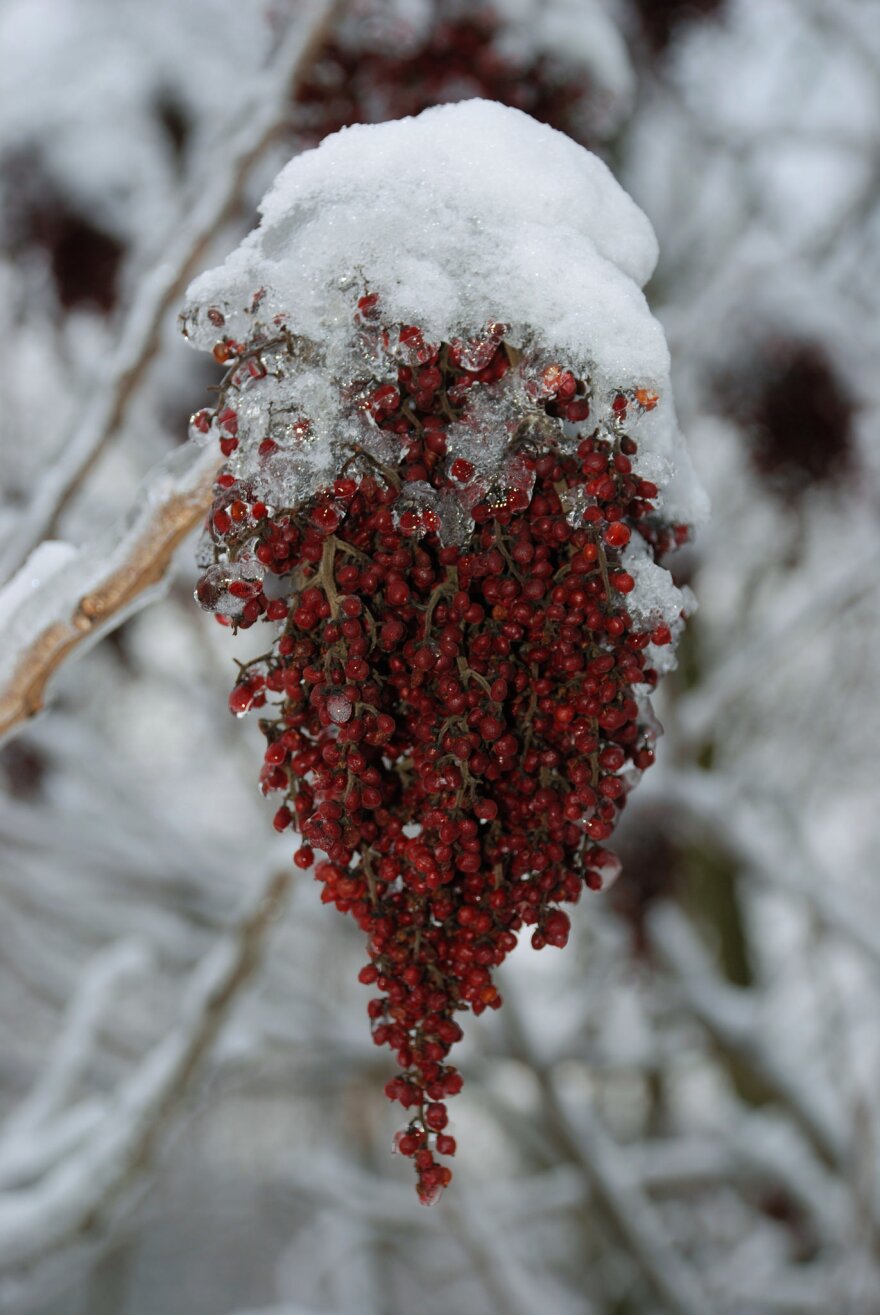The tracking of leafturn and leaf fall from specific trees throughout the autumn offers a semblance of control to the tracker. And an annual record of the gradual transformation and shedding of those trees, often reveals the character of an entire year.
Like counting fallen leaves, however, the practice of recording the progress of autumn with such landmarks may be simply an exercise in fantasy, a comforting pretense of lay scientific observation, as though the state of Mr. Danielson’s beech or Lil’s maple really mattered.
A game of fantasy or not, there does come a point at which the tracking produces closure: The branches are finally empty. The vigil was not in vain. The proof lets in the entire sky. The waiting is complete, and then the awareness of the passage of foliage becomes a different vigil, one that might seem more reasonable to some people, the vigil for spring.
As the buds swell and birds start to sing and wildflowers grow back, the tracker collects different kinds of pieces. When there are enough pieces, the accumulation becomes more than the sum of its parts, filling, heaping up the landscape to the top of May.
This is Bill Felker with Poor Will’s Almanack. I’ll be back next week with notes for the second week of early spring, the second week of the Flowering Moss Moon and the sun in Pisces. In the meantime, in your mind track and collect the pieces of spring. Then you will see it come sooner.



